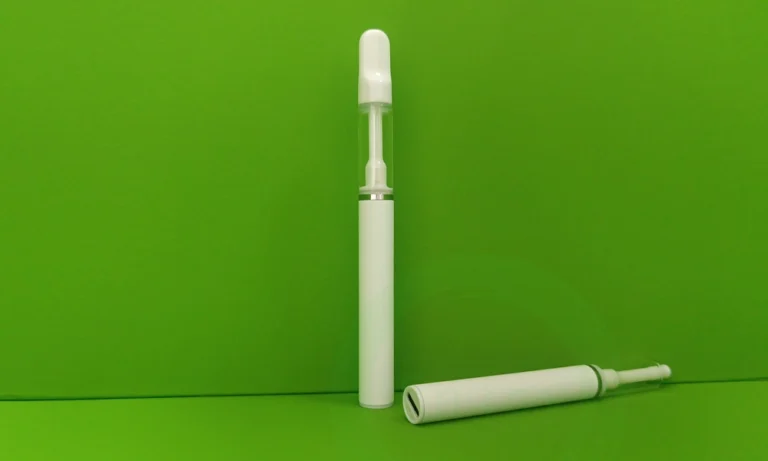
Treatment Options for Newborn Cephalohematoma
Definition and Causes
Newborn cephalohematoma is a birth injury that occurs when blood collects between the baby’s skull and the periosteum, which is the tissue covering the skull. This condition usually happens during delivery due to pressure on the baby’s head. Common causes include:
- Forceps or vacuum extraction during delivery.
- The baby’s head hitting the mother’s pelvic bone.
- Prolonged or difficult labor.
Types of Cephalohematoma
There are two main types of cephalohematomas:
- Acute Hematoma: This type appears right after birth due to immediate pressure.
- Chronic Hematoma: This type may develop days or weeks later if the acute hematoma goes unnoticed.
Risk Factors
Certain factors can increase the chances of a newborn developing a cephalohematoma:
- Assisted delivery methods like vacuum extraction or forceps.
- Larger-than-average babies, typically over 8 pounds 13 ounces.
- Multiple births, such as twins or triplets.
- Prolonged and difficult vaginal deliveries.
Understanding these factors is important, as they can help in identifying potential risks during childbirth. While most cases resolve on their own, it’s essential to monitor the baby for any complications, such as anemia or jaundice. If you suspect your child has a cephalohematoma, consult a healthcare professional for guidance. If negligence is involved, families may consider seeking legal advice regarding infant cephalohematoma birth injury lawsuits.
Symptoms and Diagnosis of Cephalohematoma
Common Symptoms
Newborns with cephalohematoma often show specific signs. The most noticeable symptom is a soft bump on the head, usually located at the back or top. Here are some key points about the symptoms:
- The bump may not cause any bruising or redness on the skin.
- Initially, the bump feels soft, but it can become firmer as the blood inside starts to harden.
- Over time, the bump will shrink, often giving it a “crater-like” appearance as it heals.
Diagnostic Procedures
To diagnose cephalohematoma, doctors follow several steps:
- Physical Examination: The doctor will check the baby’s head for any unusual swelling or growth.
- Blood Tests: A hematocrit test may be done to check the baby’s red blood cell count, which can indicate blood loss.
- Imaging Scans: If needed, X-rays, CT scans, or MRIs can help determine the size and location of the hematoma.
When to Seek Medical Attention
It’s important to contact a pediatrician if you notice any signs of cephalohematoma in your newborn. Early diagnosis is crucial to prevent complications. If your baby shows any of the following symptoms, seek medical help:
- The bump is growing larger.
- Your baby seems unusually fussy or lethargic.
- There are signs of jaundice or other concerning symptoms.
Monitoring your newborn closely can help ensure they receive the care they need. If you suspect any issues, don’t hesitate to reach out to a healthcare professional for guidance. Remember, early intervention can make a significant difference in outcomes for your baby.
Non-Surgical Treatment Options
Observation and Monitoring
- Watchful Waiting: Most cephalohematomas do not need treatment and will heal on their own. Doctors usually recommend monitoring the condition during regular check-ups.
- Regular Check-Ups: Parents should keep track of the size of the lump and report any changes to the doctor.
Medications
- Pain Relief: If the baby seems uncomfortable, doctors may suggest safe pain relief options.
- Treating Jaundice: If the baby develops jaundice, treatment may include light therapy to help reduce bilirubin levels.
Physical Therapy
- Gentle Exercises: In some cases, physical therapy may be recommended to help with movement and comfort.
- Parental Guidance: Parents can learn simple exercises to do with their baby to promote healing and comfort.
Surgical Treatment Options
Indications for Surgery
Surgery for cephalohematoma is not common, but it may be necessary in certain situations. Here are some reasons why surgery might be needed:
- Severe Symptoms: If the baby shows signs of distress or has trouble feeding.
- Large Size: If the cephalohematoma is very large and does not shrink over time.
- Complications: If there are complications like traumatic brain injury or other serious issues.
Types of Surgical Procedures
There are a few different types of surgeries that may be performed:
- Drainage: This involves making a small cut to drain the blood from the cephalohematoma.
- Repair: If there is a skull fracture, the surgeon may need to repair it.
- Monitoring: Sometimes, surgery is done to closely monitor the baby’s condition.
Post-Surgical Care
After surgery, it’s important to take good care of the baby. Here are some key points:
- Follow-Up Visits: Regular check-ups with the doctor to ensure proper healing.
- Watch for Symptoms: Parents should look for signs of infection or other complications.
- Support: Providing a calm and supportive environment for recovery is essential.
Surgery can help prevent further issues and support the baby’s health, especially if there are risks of cerebral palsy or other developmental delays. Always consult with a healthcare provider to understand the best options for your baby.
Potential Complications and Long-Term Effects
Anemia and Jaundice
- Anemia: A newborn with cephalohematoma may experience anemia due to blood loss. This condition means the baby has fewer red blood cells than normal, which can lead to fatigue and weakness.
- Jaundice: The breakdown of blood from the hematoma can cause jaundice, a yellowing of the skin and eyes. This happens when there is too much bilirubin in the blood, a substance produced during the breakdown of red blood cells.
Infections
- Infections: There is a risk of infections such as osteomyelitis (bone infection) or cellulitis (skin infection) in babies with cephalohematoma. If the area becomes red, swollen, or warm, it’s important to seek medical help right away.
Skull Fractures and Calcifications
- Skull Fractures: Some infants with cephalohematomas may also have skull fractures. These are usually linear and can heal on their own without treatment.
- Calcifications: If a cephalohematoma lasts longer than five weeks, it may lead to calcifications, where hard deposits form around the hematoma. This can affect the shape and development of the skull.
In summary, while cephalohematoma is often harmless, it can lead to complications that require monitoring and sometimes treatment. Parents should be aware of these potential issues and consult a doctor if they notice any concerning symptoms.
Preventive Measures and Risk Reduction
Safe Delivery Practices
- Choose a Skilled Healthcare Provider: Ensure that your delivery is managed by experienced doctors and nurses.
- Monitor Fetal Position: Regular check-ups can help identify any issues with the baby’s position before delivery.
- Plan for Complications: Discuss potential risks and have a plan in place for emergencies during delivery.
Role of Medical Professionals
- Regular Prenatal Care: Attend all scheduled prenatal visits to monitor the health of both mother and baby.
- Educate Parents: Healthcare providers should inform parents about the risks of cephalohematoma and how to recognize symptoms.
- Use of Technology: Employ ultrasound and other technologies to assess the baby’s condition during pregnancy.
Parental Awareness and Education
- Learn About Risks: Parents should educate themselves on the factors that can lead to cephalohematoma.
- Recognize Symptoms: Knowing the signs of cephalohematoma can help in seeking timely medical attention.
- Support Groups: Join parenting groups to share experiences and learn from others about safe delivery practices.
Prognosis and Recovery
Typical Recovery Timeline
Most newborns with cephalohematoma recover well. Here’s what you can expect:
- First few days: The lump may appear larger as blood collects.
- 1 to 2 weeks: The swelling usually starts to decrease.
- 3 to 6 weeks: The bump often disappears completely.
Factors Influencing Recovery
Several things can affect how quickly a baby recovers:
- Size of the cephalohematoma: Larger lumps may take longer to heal.
- Overall health of the baby: Healthier babies tend to recover faster.
- Presence of complications: Issues like jaundice or anemia can slow recovery.
Long-Term Outlook
Most babies with cephalohematoma do not have lasting problems. However, it’s important to monitor for:
- Developmental milestones: Ensure your baby is meeting growth and development goals.
- Follow-up check-ups: Regular visits to the doctor can help catch any issues early.
In summary, while cephalohematoma can be concerning, most babies heal well and go on to lead healthy lives.


















